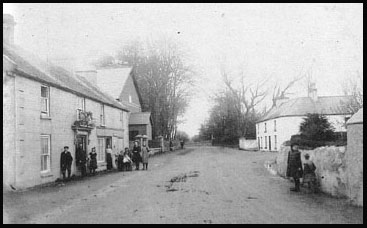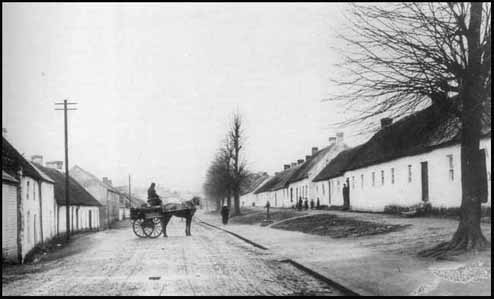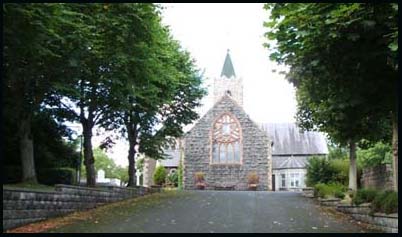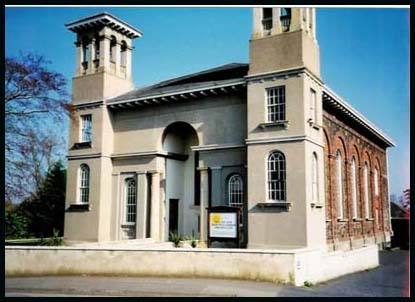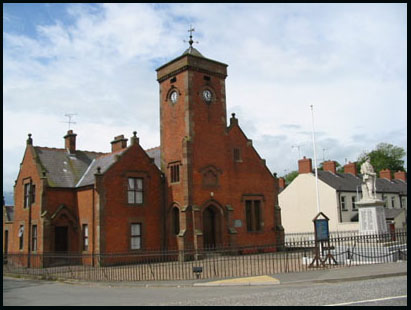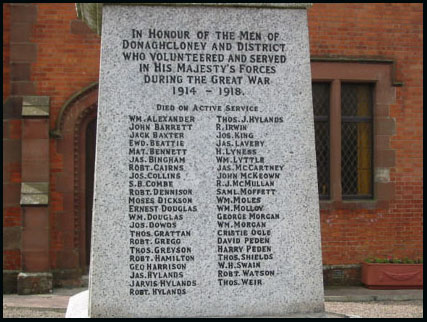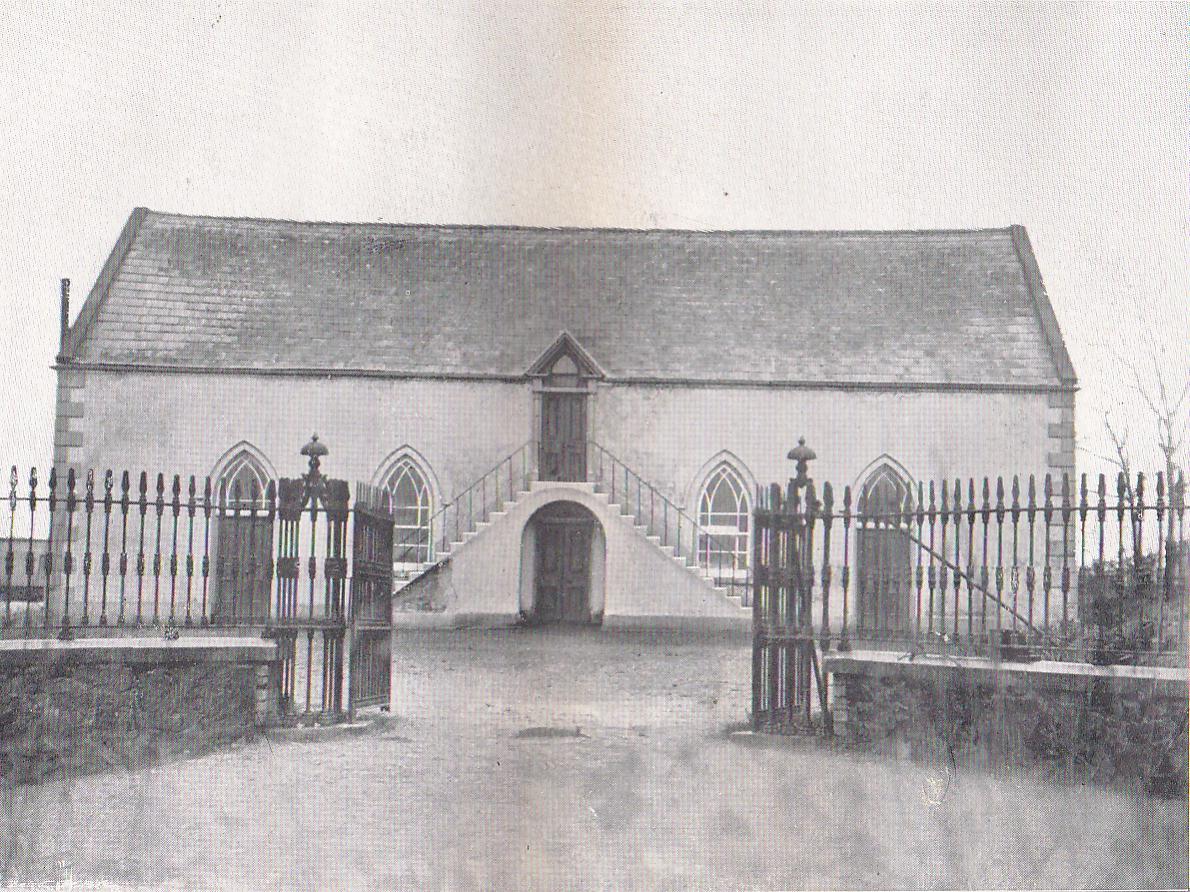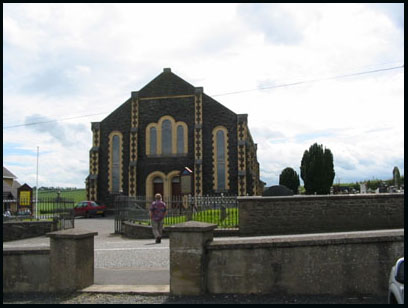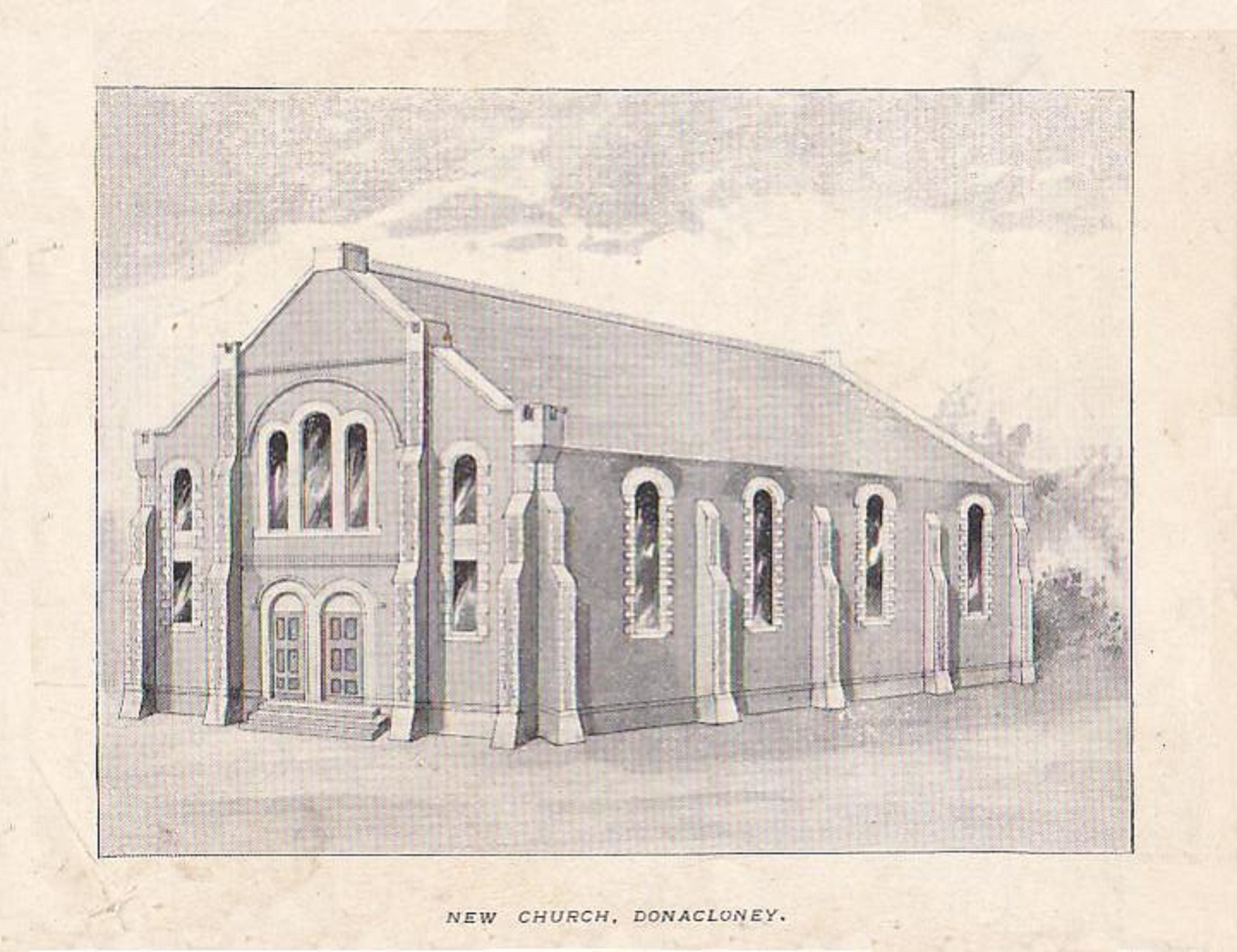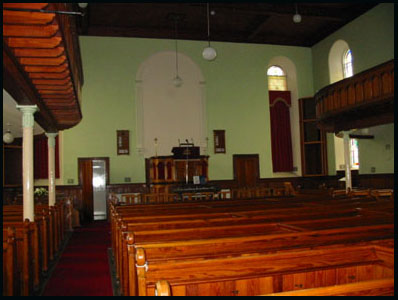|
Waringstown
This photo of Waringstown
was taken around 1920. Waringstown was originally called Clanconnel
and was purchased by William Waring in 1697. It was his son Samuel
who, having become interested by the techniques in Holland and
Belgium, introduced linen manufacture to the town. The cottages
in the main street were all occupied by weavers and their families.
Even in 1900, almost every house had its weaving shop attached
with two or three looms.
Although many weavers worked
from home there were several factories which provided employment
in the town. The linen industry was a great source of employment
for women. They could work at home or the factory doing fine needlework
and finishing the woven material. The napkins and tablecloths
were run off in a long strip which was caught and held in the
netting at the side of the loom. It was then cut to the appropriate
size and finished elsewhere. The designs for the inlaid pattern
in the heavy double damask were drawn by designers, either freelance
or employed exclusively by the large weaving factories.
In 1834 there were 130 houses in
Waringstown which is the major town in this parish.
110 houses of one-storey ,17 of two-storeys & one of
3 storeys. Only 18 were slate roofed the
rest were thatched. The people travelled to Lurgan or Dromore
to attend the fairs. There were 2 linen merchants, 1 surgeon,
1 grocer & haberdashery, 1 grocer & spirit dealer, 1 butcher,
1 baker, 50 weavers, 1 tailor, I milliner, 1 shoemaker, 1 reedmaker,
1 glazier,2 lodging houses, 1 wheelwright, 1 nailer and 1 smithie
also old brewery hereand , a school.
A great many of the thatched
cottages in the photo were knocked down in the mid 1950s.
Article from Down Recorder newspaper;
distressed weavers 1 Oct 1842; homicide, Samuel Lackey 9 Nov 1867
|
